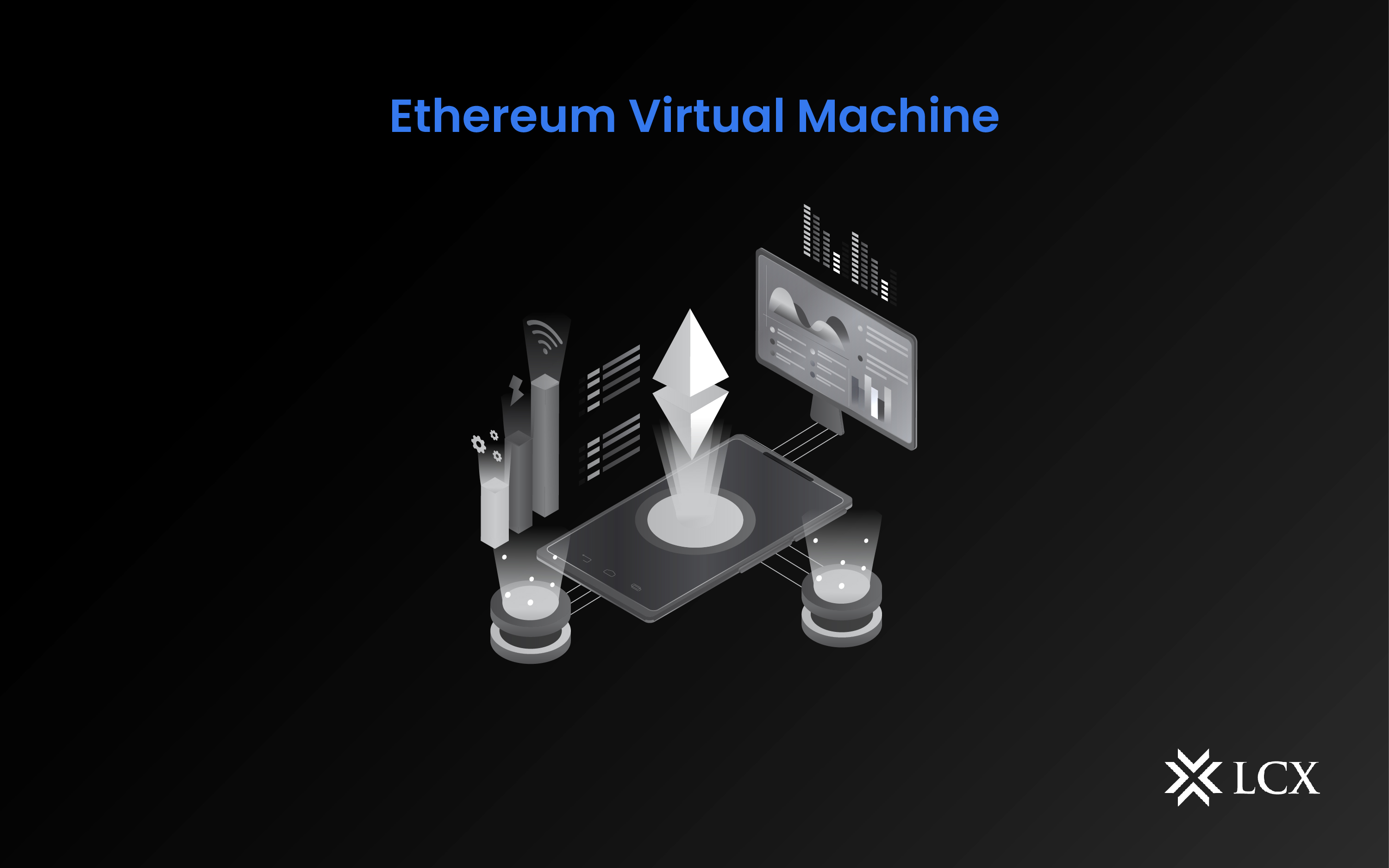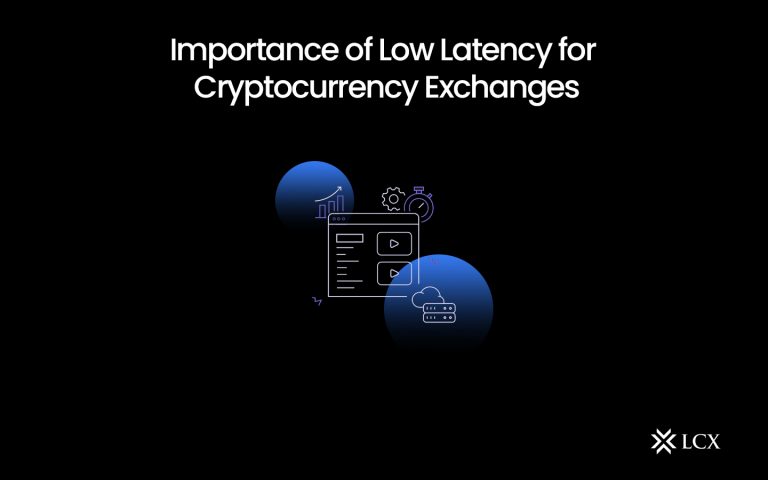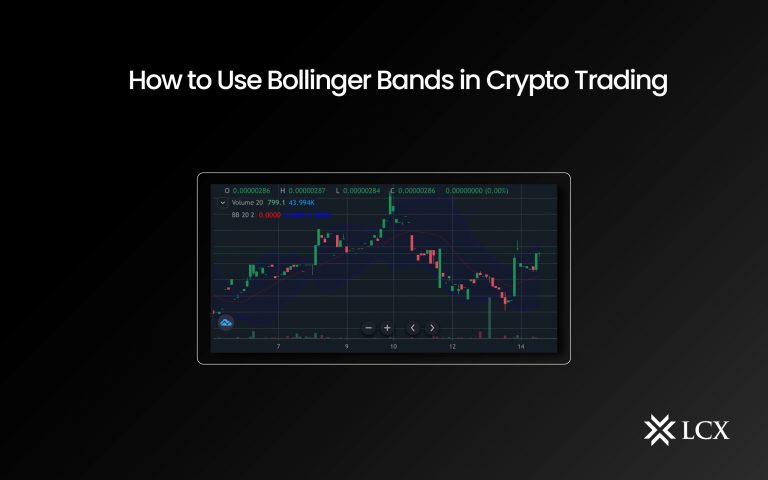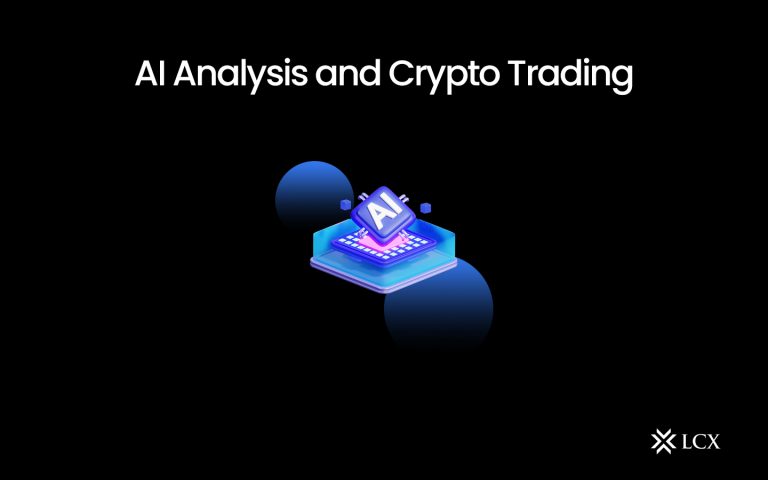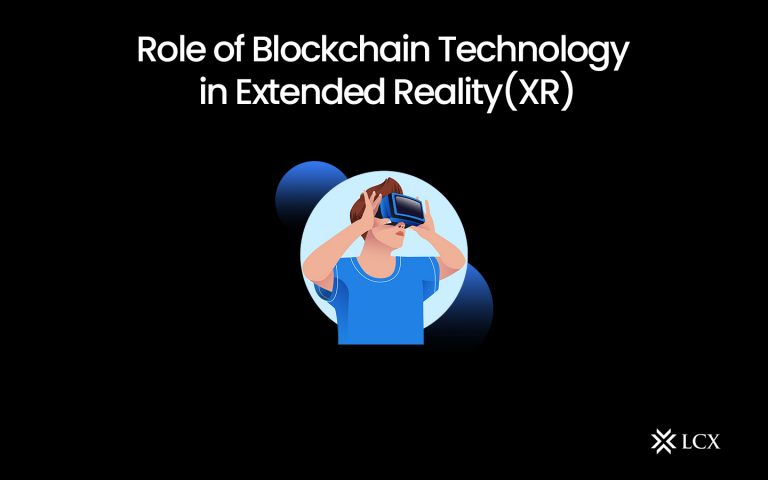The Ethereum Virtual Machine (EVM) is designed as the runtime environment for Ethereum smart contracts. EVM functions similarly to a decentralized computer with millions of executable projects. It serves as the virtual machine that supports Ethereum’s whole operating system and is responsible for the execution and deployment of smart contracts.
The EVM lies atop the hardware and node network layers of Ethereum. It is Turing-complete and can therefore execute any program written in any programming language, letting developers write smart contracts and decentralized applications (DApps) for the emerging Web3 area with ease.
Its primary function is to compute the network’s status and to execute and compile different types of smart contract code into a human-readable format known as “Bytecode.” This enables Ethereum nodes to identify smart contracts deployed on EVM-compatible chains such as Polygon or Avalanche and enables developers to easily move their Dapps or tokens from Ethereum to other EVM-compatible chains. These essential features of EVM make it one of the most powerful virtual computers currently available.
How Does It Work?
The Ethereum Network, conceived in 2013 by the programmer Vitalik Buterin, owes its phenomenal success as the blockchain of choice for DApp developers to the Ethereum Virtual Machine (EVM) that was created by Gavin Wood during his employment at Ethereum. EVM is a particular state machine that operates constantly and whose immutable actions define the state of each block in the Ethereum blockchain. It is written in C++ and uses the LLVM Project compiler.
The EVM not only governs what nodes can or cannot do to the distributed ledger maintained by the Ethereum blockchain but also defines the specific rules of changing state from block to block. This feature allows the smart contract functionality for which Ethereum has become renowned.
The EVM is a stack-based virtual machine, which means that it operates on a last-in, first-out (LIFO) data structure known as a stack with a depth of 1024 items, each of which is a 256-bit word. The 256-bit word size of the EVM makes native hashing and elliptic curve operations possible, ensuring that only the rightful owners can use the funds. For each input it receives, the EVM generates an output that is deterministic and mathematically function-like in the most basic sense. This stack is used to hold and manipulate data during the execution of smart contracts. When a smart contract is executed on the EVM, the code is run through a series of operations that manipulate the stack.
Moreover, the EVM supports a variety of programming languages, including Vyper and Solidity, with Solidity being the most widely used language for smart contract source code. These programming languages are applied to create smart contracts, which are then transformed into the bytecode required for the EVM. The on-chain bytecode, also known as the runtime bytecode, is subsequently turned into an opcode that the EVM computing engine interprets in order to carry out the specified activities.
Why Are EVMs Important?
The EVM is an integral part of the Ethereum ecosystem, as it enables developers to create decentralized applications on the Ethereum blockchain. These applications can be anything from decentralized finance (DeFi) platforms to supply chain management systems.
On account of how EVM operates in the ecosystem, developers have the liberty to execute code without worrying about its impact on the rest of the network. In addition, they are able to execute complicated smart contracts in diverse computer settings using distributed consensus. This ensures that the loss of a single node has no effect on the operation of the DApp or smart contract, as the EVM code is the same across all nodes. Smart contracts executed on the EVM are tamper-proof and immutable, which means that they cannot be changed once they are deployed on the blockchain. This makes them ideal for use cases that require trust, security, and transparency.
Moreover, because EVM account data is preserved on a global scale, developers find it ideal for building bespoke smart contract code and developing dependable DApps that can access this global data set.
In Conclusion
In conclusion, the Ethereum Virtual Machine is a critical component of the Ethereum network. It’s a sandboxed environment that executes smart contracts in a secure and predictable manner.
In terms of future prospects for EVMs, despite the revolutionary improvements already introduced by the EVM to the blockchain ecosystem, a lot of blockchain-based projects are improving this technology for reading and executing code. With cross-chain compatibility being the most crucial factor for developers, a large number of EVM-compatible blockchains have emerged, the majority of which offer cheaper gas and faster transaction rates than the Ethereum protocol.
As a result, these blockchains are now able to connect with Ethereum users in a smooth manner and are deploying blockchain bridges to facilitate fund transfers within their own networks.
As the Ethereum ecosystem continues to grow and evolve with more of the developments mentioned above, the EVM will undoubtedly play an even more important role in the future of blockchain technology.
